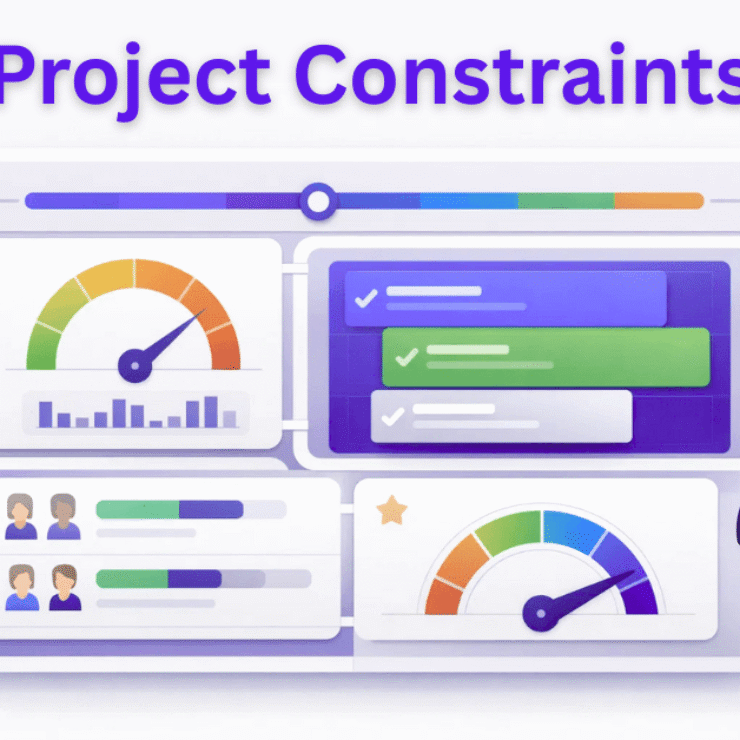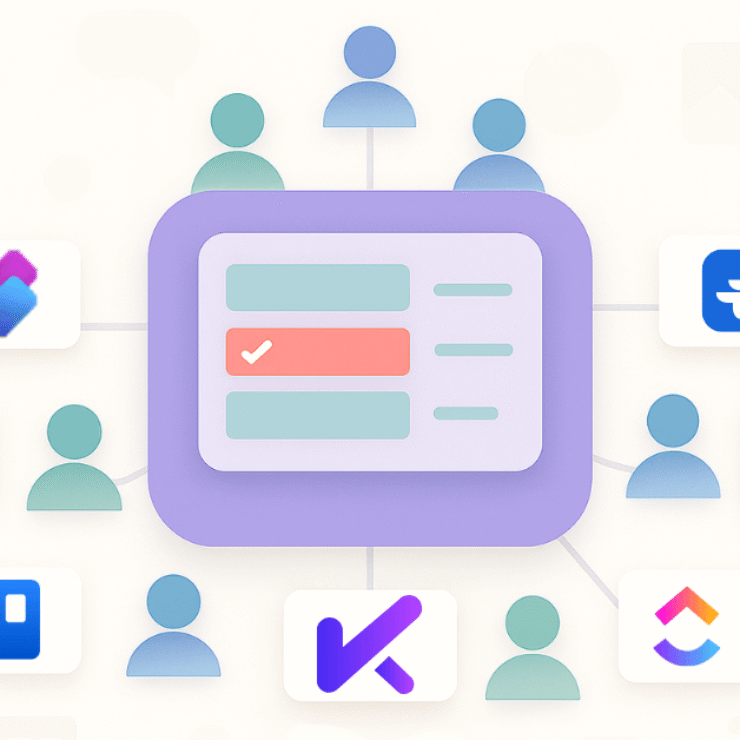Introduction
A company’s ability to complete a certain task depends on project management. And to make sure every project is executed properly; project managers use different project management frameworks (PMFs). If you are finding it challenging to manage complex projects, then it’s time to explore the world of PMFs.
These frameworks play a major role in efficient project management by offering structure, tools, and guidance. In fact, it will be difficult to attain the desired success without employing the right PMF. This article will help you explore the different types of project management frameworks, major elements, and some best practices to make your project successful. Get ready to change the way you manage your projects. Let’s dive in!
Project Management Framework- What Is It?
In simple words, a Project Management Framework or PMF is a complete set of instructions that helps you plan, organize as well as efficiently manage tasks for successful completion of a project. A PMF may include important steps to follow, methods or tools to use, information about resources, etc., that guide to finish the project from start to end. It is generally divided into three major parts, i.e., Project Lifecycle, Tool & Templates, and Project Control Cycle.
A PMF can bring some crucial benefits to the project, such as:
- Better consistency
- More clarity and precision
- Simplification of the project’s process
- Improved collaboration between departments and members
- Clear communication
- Project continuity
Different Types of Project Management Framework to Know About
The Project planning framework you should opt for will greatly depend on your project type, industry, budget, and team size. However, some commonly used PMFs include:
Agile Methodology
This Project Planning framework ensures that you follow the project management’s basics to complete the project successfully. It emphasizes iterative project delivery, collaboration, informed decisions, customer value, and effectiveness.
Critical Path Method- CPM
It focuses on resource allocation and project timing. This method is used to detect crucial tasks important for the completion of the project on time. If you have a small or medium size project, you can use this framework.
Kanban Methodology
Kanban is a Japanese word which means Billboard. As the name suggest, in Kanban methodology the tasks are put on a visual Kanban board to manage the workflow. It is one of the best methodologies for agile projects. Team members can easily adapt the workflow outlined on the board and start working on it. Kanban project management is a veteran methodology started in the late 1940s, but with the coming of software tools in new era people are now using kanban board differently.
Lean Framework
Lean focuses on enhancing value and lowering waste. The framework is all about streamlining a project’s processes, removing unnecessary activities, and improving its efficiency. Lean encourages project managers for ongoing evaluation and enhancement of processes.
Extreme Programming (XP)
Extreme Programming can be used for extreme agile projects, where the client demands are changing frequently. This methodology follows multiple short development cycles to deliver multiple product releases.
Waterfall Methodology
This is a traditional project management process where the project’s phases move downward. It requires you to shift from one project to another only when the current phase is completed successfully. This Project Management Framework is a great option for construction and manufacturing projects. For planning and scheduling of projects, you can use Gantt charts.
Scrum
The Scrum PMF is generally utilized for managing highly complex projects in an iterative and collaborative manner. Based on the Agile project management methodology, it focuses on continuous improvement, teamwork, the use of the latest technology, and flexibility.
PRINCE2
It focuses on two important components: first is ‘Principles’ that offer a solid foundation for efficient project management and the second is ‘Themes & Processes’. It guides project managers to maintain the project life cycle. This Project Management Framework is customizable and can be tailored based on the project size and type. It also helps ensure that each project contributes toward the organization’s objectives and goals.
Six Sigma
This framework can help boost quality management while lowering process waste and detecting the elements that are not working. The framework requires you to follow a structured approach that combines define, analyze, enhance, and control to optimize the processes. However, this PMF can be very resource-intensive.
Also Read:
Top Reasons Your Organization Needs Project Management Software
What Is the Project Life Cycle?
How to Track Project Progress & Deliver Projects on Time?
10 Tips to Project Managers for Effective & Successful Project Management
Project Management Framework- Key Elements
Project Lifecycle
It offers a detailed outline for managing every aspect of the project. The project lifecycle covers 5 major phases: Initiation, Planning, Execution, Monitoring & Controlling, and Closure. This is the most important and biggest element of a PMF.Tools and Templates
Project management tools and templates offer a structured approach to better manage a project. Frameworks like CCPM, PRINCE2, and Scrum offer ready-to-use project management frameworks that can be used for different projects. For scheduling and tracking the progress of the project, you can use the Waterfall methodology. Besides, you can also use a Kanban board to track simultaneous actions.Project Control Cycle
It is all about project monitoring and management. Various software programs, tools, and project management metrics can be used to track the progress of teams and centralize communication. The project control cycle can help detect and manage risks as well as the needs of major stakeholders, ensuring on-time competition of the projects. It includes multiple steps like establishing control, monitoring the progress, identifying risks, evaluating and analyzing, taking corrective action, and updating. By offering a well-structured approach to project management, these three elements help you and your team to plan, execute, and manage a project and attain the desired goals.
Best Practices
Understand your organization’s objective:
This will help you determine your project’s benefits.Create a Plan:
Come up with a perfect plan, outlining the tasks, resources, frameworks, and timelines. Always make a realistic plan.Build A Risk Management Team:
It will help you remain in the green zone by mitigating the risks related to the project.Clear Communication:
You should ensure that all the stakeholders and clients are kept informed about the project’s challenges, and progress.Keep Necessary Documents Updated:
Project documentation is very important for the success of a project. So, keep them up-to-date and also readily available to your stakeholders.
Conclusion
Dealing with the complexity of a project requires a strategic project management framework tailored to its unique requirements. Hence, accepting adaptability, and selecting the right project management tool is vital for the success of a project.
We hope the information mentioned above has offered you sufficient knowledge about PMFs, their elements, and the best PMF practices that can help you in the long run.
FAQs
Who is Responsible for Outline PMFs?
It is the project manager who outlines the PMFs taking into consideration the data collected from the stakeholders and the team members.
What Is the Primary Difference Between Methodologies and Frameworks?
While PMFs can be adopted or changed based on the progress of the project, methodologies are less flexible and must be followed strictly.
Why are PMFs Important for Project Success?
PMFs offer a structured plan and ensure that all the aspects of the project are in sync. A PMF helps eliminate nasty surprises and keeps the team and stakeholders on track throughout the project lifecycle.



